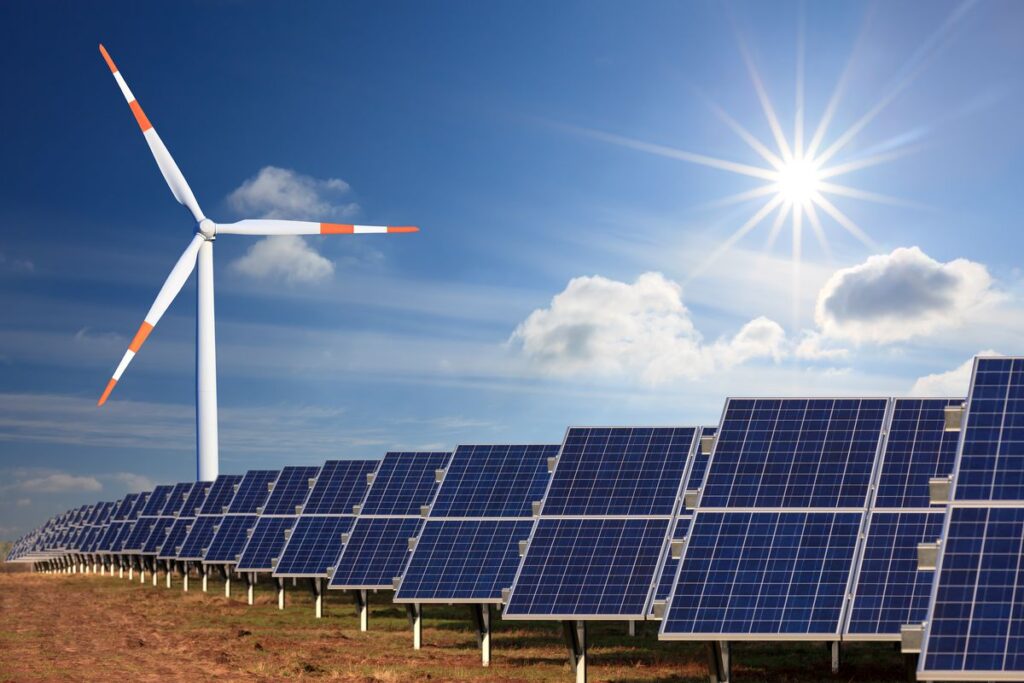Powering Toward a Sustainable Future: Tonga’s Renewable Energy Revolution

Tonga, an enchanting kingdom, is taking significant steps towards adopting renewable energy. With a distinct advantage in its clean technology energy market, Tonga aims to reduce its reliance on fossil fuels and achieve greater energy autonomy. The country possesses abundant solar, wind, and geothermal resources, positioning it as a potential leader in Pacific renewable energy innovation.
Tonga has set ambitious renewable energy goals, aiming to generate 50% of its electricity from green sources by 2020 and increase this to 70% by 2030. These targets are motivated by the desire to minimize the country’s dependence on imported diesel, which currently fuels approximately 90% of its electricity generation. The transition to renewable energy not only benefits the environment but also alleviates the economic strain of diesel imports.
Solar power has emerged as a particularly viable renewable energy source in Tonga, thanks to its sun-soaked climate and mostly flat landscape. The Tongan government has taken initiative by endorsing solar power development and implementing a net metering policy. This policy enables residential and commercial users to sell surplus solar energy back to the grid, fostering a surge in small-scale solar installations. The number of grid-connected solar systems has increased from just a few in 2010 to over a thousand by 2018.
Tonga’s solar energy potential has garnered global interest. In 2017, the Asian Development Bank (ADB) approved a $29.9 million grant for the Outer Island Renewable Energy Project. This project aims to establish solar power systems across 22 of Tonga’s outer islands. Successful completion of the project is projected to reduce diesel usage by approximately 1.2 million litres annually, leading to an estimated saving of $1.3 million in yearly fuel expenses.
Tonga’s location in the South Pacific trade wind belt provides a distinct advantage for wind energy. The country experiences steady and robust winds, particularly during the dry season from May to October. A 2014 study by the Secretariat of the Pacific Community (SPC) identified several areas in Tonga suitable for wind power generation. It is estimated that wind power alone could fulfill up to 34% of Tonga’s electricity requirements.
Geothermal energy, while less recognized, represents another promising avenue for renewable energy in Tonga. Situated on the Pacific Ring of Fire, known for its volcanic activity and geothermal prospects, Tonga offers significant potential for geothermal energy. In 2013, the Tongan government signed a memorandum of understanding with Ormat Technologies, a New Zealand company, to explore the development of geothermal power plants on the islands of Tongatapu and Vava’u. If successful, geothermal energy could provide a consistent power source, complementing the intermittent nature of solar and wind power.
In conclusion, Tonga’s energy market presents numerous opportunities for innovation in green technology. By harnessing its abundant solar, wind, and geothermal resources, Tonga can reduce its dependence on imported fossil fuels, lower its carbon footprint, and enhance its energy security. Furthermore, Tonga’s successful implementation of renewable energy plans can serve as a beacon for other small island nations in the Pacific, demonstrating how green technology can drive sustainable development in the region.



